On 10 May 1940, 80 paratroopers of the German 7th Flieger, later known as the 1st Fallschirmjager Division, landed on top of the supposedly impregnable Fortress, Eben Emael. They used two German secret weapons to achieve their aim, the DFS 230 Glider and Hollow Charged weapons. Using the gliders to silently land in the early hours of the morning and using a new type of explosive to smash through the concrete bunkers and punch through the armoured turrets, they destroyed much of the fort’s defensive armament in a matter of minutes.
DFS 230 Glider
Although paratroopers were only able to penetrate a small part of the myriad of underground passageways linking the fort’s armament, the garrison was unable to dislodge them from the surface. The fortress surrendered one day later, when the German 151st Infantry Regiment reinforced the German paratroopers.
At the time of the assault, of the one thousand two hundred Belgian troops available to man the fort’s defences, only between six and seven hundred were at the fort during the attack, with over two hundred soldiers some six kilometres away.
The devastating effect of a hollow charge explosive, Hohlladung, on an armoured turret.
In preparation for the attack, the German paratroopers had been secreted at an undisclosed camp in the foothills of the Harz Mountains, where they trained for up to six months for the task. They were not even told of the identity of their target until days before, training using mock ups marked out on the ground.
An impressive Casemate containing three 75mm guns.
The capture of Eben-Emael involved the first utilisation of gliders for the initial attack and the first use of hollow charge weapons, opening the gateway for the later invasion of France and the defeat of the allies.
.
.
Devils with Wings – The Green Devils

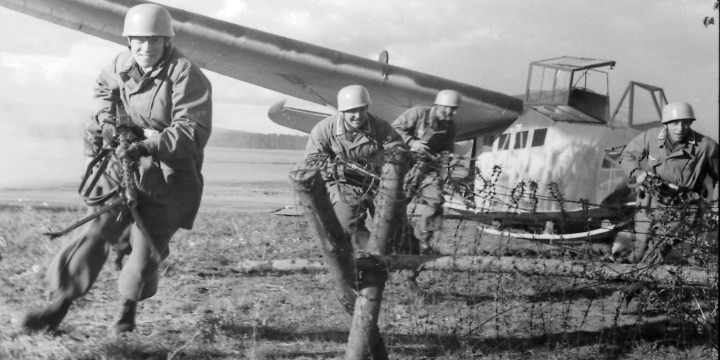


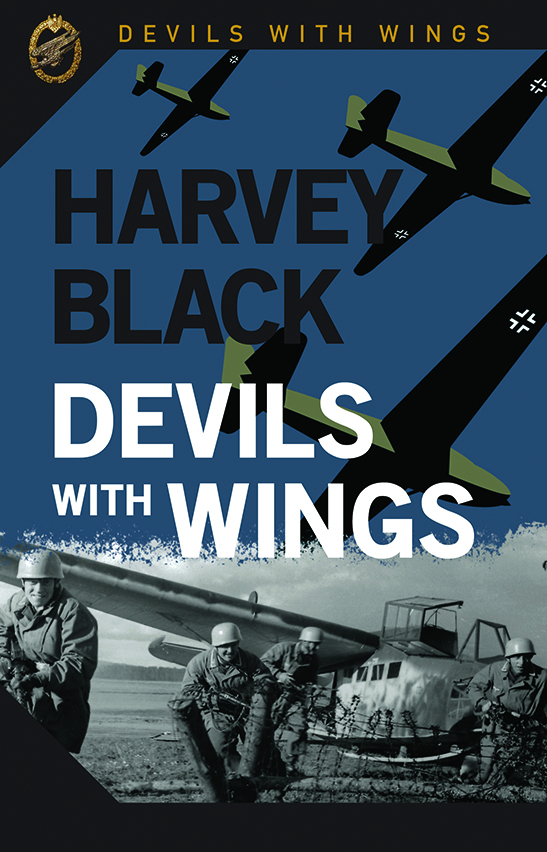
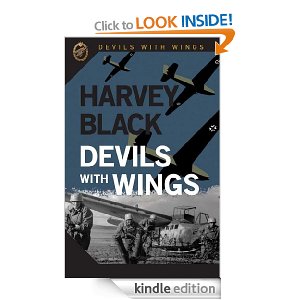





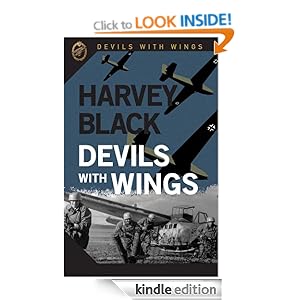


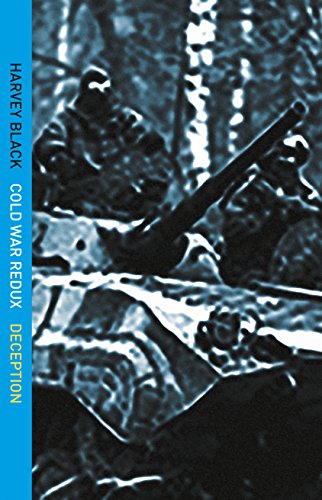

Infanterie-Regiment 151 was created using soldiers of IR22 and IR43 (1. Infanterie-Division), tough east-prussian soldiers. Nice one Mr. Black!
Those damn Prussians…….
🙂
Reblogged this on harveyblackauthor and commented:
The first ever use of gliders and the hollow charged weapon. Germany’s first secret weapons, the other surprise, the Fallschirmjager.
Shaped, or hollow charge knowledge is essential to produce an implosion type atomic bomb. Did the IEDs deployed by Iran against our troops in Iraq have a unique shaped charge effect?
Too bad we didn’t have gliders like that in Normandy!
Yes, shaped charges were used in Iraq. in 2007, quite a sophisticated roadside bomb was discovered by Afghan police in Kabul. Believed to be supplied by Iran.
As for gliders, give me a parachute any day.
We had lots of gliders in Normandy. British forces used them in one of the best British operations of the war, the capture of Pegasus bridge which helped secure the left flank of the Allied invasion.
After Crete, the Germans ceased using gliders and paratroopers in large scale airborne operations. But the British and US made great use of airborne forces. Pegasus bridge, and Arnhem, were key operations in British Army history. HB
Kurt Student was a Prussian…..